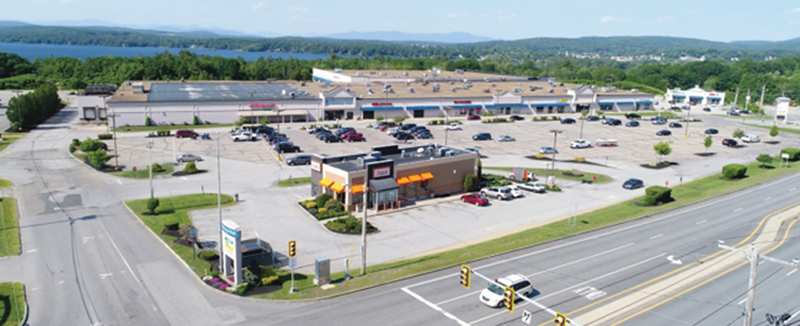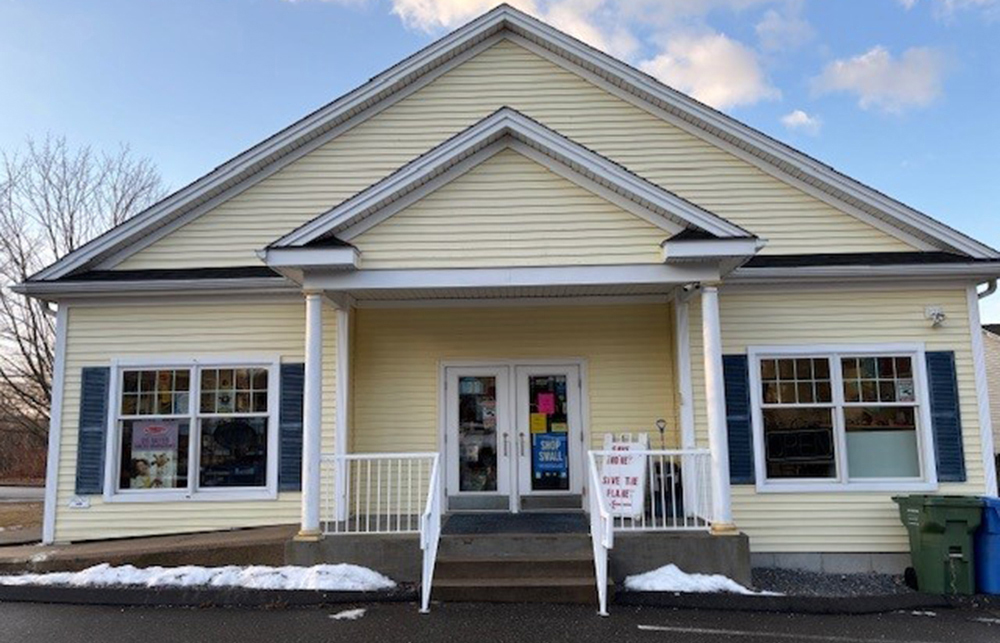McLaughlin Investments handles $7.85 million sale of Belknap Mall

Belmont, NH McLaughlin Investments, Inc. has arranged the $7.85 million off-market sale of Belknap Mall, in the Lakes Region. The property is a 235,000 s/f Shaw’s Grocery shopping center and was sold to Vernco Belknap, LLC.
The property is centrally located along the Daniel Webster Highway (Rte. 3) in southern sector of the NH Lakes region and near Lakes Winnisquam and Winnipesaukee, Gun Stock Ski Resort, Laconia Municipal Airport, and other NH Landmarks.
McLaughlin solicited the off-market acquisition on behalf of Vernet Properties, LLC, as buyer broker, and Belknap Realty, seller was represented by in-house counsel.
Shaw’s supermarket’s is the anchor tenant and master leases 38,500 s/f of the center of which Big Lots, Planet Fitness, Clear Choice Medical Clinic, Joann Fabric, Verizon Cellular, Super Cuts, Dunkin and other national and regional tenants occupy as well.
Belknap Mall is one of two Shaw’s anchored shopping centers that are owned by Vernet Properties within NH, including other holdings such as the Raymond Shopping Plaza and Tuckaway Tavern. Vernet intends to reposition the asset and infuse upwards of $3 million in CAPEX and rebranding improvements needed to attract long term tenants.
RapDev leases 17,587 s/f at 501 Boylston St. - lease brokered by JLL


Newbury Street: Boston’s timeless retail gem thrives in a modern era - by Joseph Aquino
Boston’s iconic Newbury St. continues to thrive as one of the most vibrant and compelling retail corridors in the United States. Nestled in the heart of the Back Bay, this historic St. has evolved into a powerhouse of high-St. retail, where luxury meets lifestyle and legacy brands coexist with up-and-coming names. With its European charm, diverse architecture, and unmatched foot traffic, Newbury St. remains a dynamic reflection of Boston’s energy, culture, and economic strength.

Retail / tariffs / uncertainty and (still) opportunity - Carol Todreas
As new tariffs continue to impact the global economy, retail businesses and investors are grappling with heightened uncertainty. From new high tariffs to supply chain issues to evolving consumer behaviors, continual changes are making it as or more challenging than the pandemic years. Yet, amidst this turbulence,

Placemaking and retail in 2024 - by Carol Todreas
Placemaking. That is the word for 2024. While the concept has historical precedence in urban development, it became part of our current culture in the 1960’s when urbanists started to think about cities for people, not just cars.










.png)
